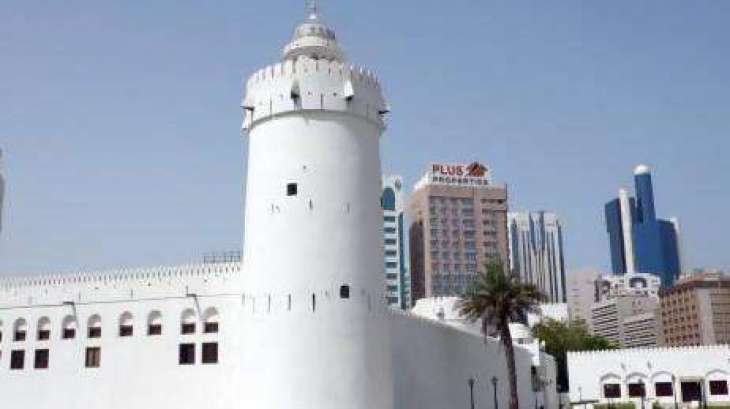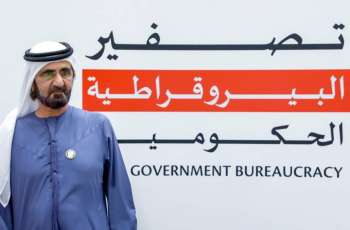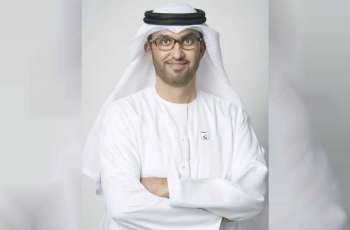A few hours after His Highness Sheikh Mohamed bin Zayed Al Nahyan, Crown Prince of Abu Dhabi and Deputy Supreme Commander of the UAE Armed Forces, inaugurated the historic area of Al Hosn, which is located in the centre of the capital, Abu Dhabi, many relevant specialists appreciated the efforts and vision to achieve this accomplishment.
By Abdulla Abdulkareem - Media Coverage Director at Emirates News Agency, WAM ABU DHABI, (Pakistan Point News - 06th Dec, 2018) A few hours after His Highness Sheikh Mohamed bin Zayed Al Nahyan, Crown Prince of Abu Dhabi and Deputy Supreme Commander of the UAE Armed Forces, inaugurated the historic area of Al Hosn, which is located in the centre of the capital, Abu Dhabi, many relevant specialists appreciated the efforts and vision to achieve this accomplishment.
They also recognised the area as a historic cultural destination, which must be included on the list of United Nations Educational, Scientific and Cultural Organisation, UNESCO, World Heritage Sites, especially after its completion and the reconstruction of its four connected components, which are the Al Hosn Palace, the National Consultative Council, the Cultural Foundation and the House of Artisans.
Experts recall that the city of Al Ain was the first Emirati site to be included by the UNESCO on its list, and was followed by many castles, palaces, museums and cultural projects, which represent Abu Dhabi’s vision to become a pioneering international centre of culture and arts, as per its "2021 Vision."
Al Hosn is a living embodiment of Abu Dhabi’s rapid urban growth, and future generations can see how the area was transformed from a tribal settlement in the 18th century that survived on fishing and diving to one of world’s leading modern cities in terms of quality of living, economy and services, as well as due to its cultural and humanitarian messages.
Art shows showcased the historic legacy of the Al Hosn Palace, where politics and culture merge with the national identity in an environment of honour, which has a regional and international presence. The palace’s internal fort dates back to around 1795 and includes a watch tower that protected the people of the island. Its external palace was built in the 1940s.
The initiative to modernise the entire area into one heritage platform aims to document the nation’s heritage and renew the nation’s conscience, as well as to promote national cohesion and connect the ruling headquarters, the meeting point of the UAE Government, the Consultative Council, and the National Archives. The area will also gather together the national memory.
In many national political, social and humanitarian occasions, the Founding Father, the late Sheikh Zayed bin Sultan Al Nahyan, always said, "The fathers are the first generation, and if it was not for their patience during times of calamities and harsh conditions, our generation would not exist on this land, and today we are enjoying its goodness."
"Future generations must know the suffering of previous generations, because this will improve their patience and perseverance, to continue the nation’s journey and achieve its goals. As more people learn about their past and heritage, they became more interested and readier to defend it," Sheikh Zayed added.
The national celebrations that commemorate Abu Dhabi’s efforts to safeguard and restore its historic heritage and add them to the UNESCO list will strengthen the federation’s message during its 47th year. His Highness Sheikh Mohamed said, "Al Hosn has become a living witness to our past and authentic heritage, mixed with artistic creativity, which will inspire us and future generations. We will remain loyal to the values of our grandparents and their sacrifices for this good land. We also immortalise them for our future generations."




